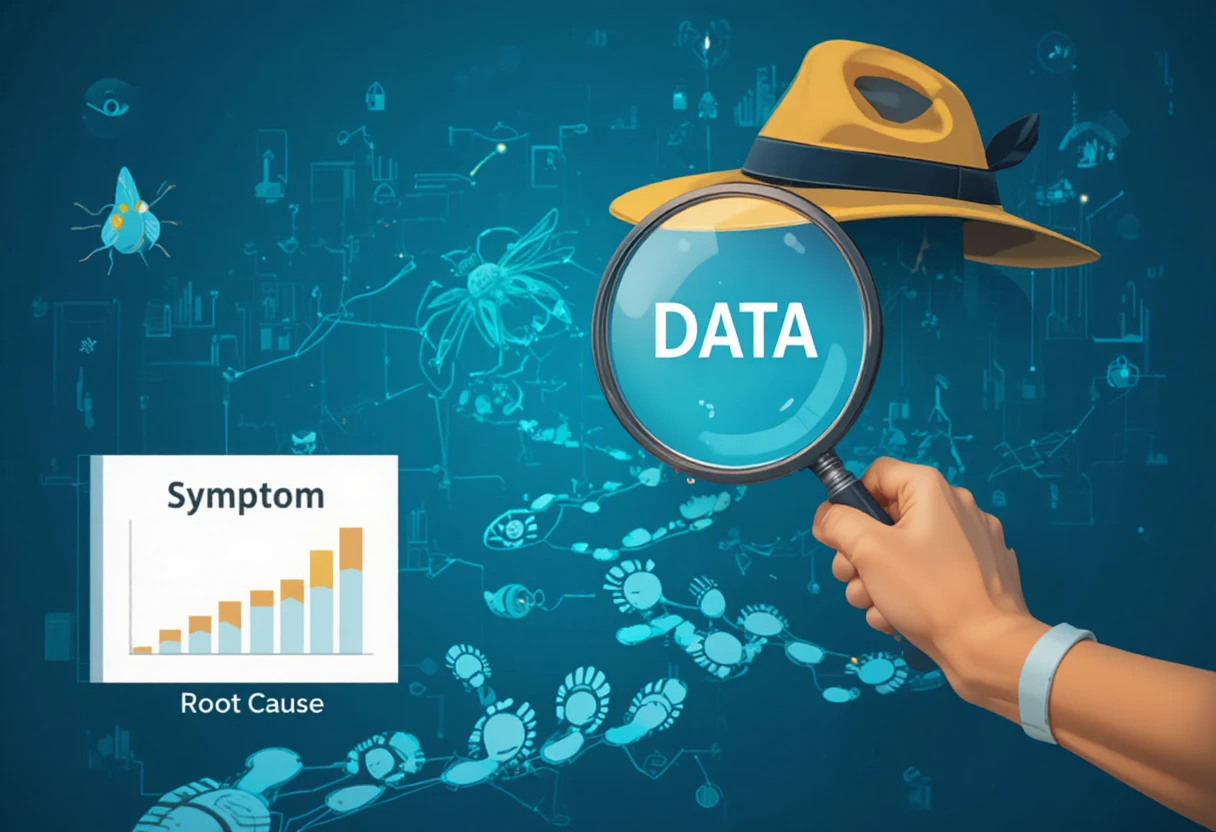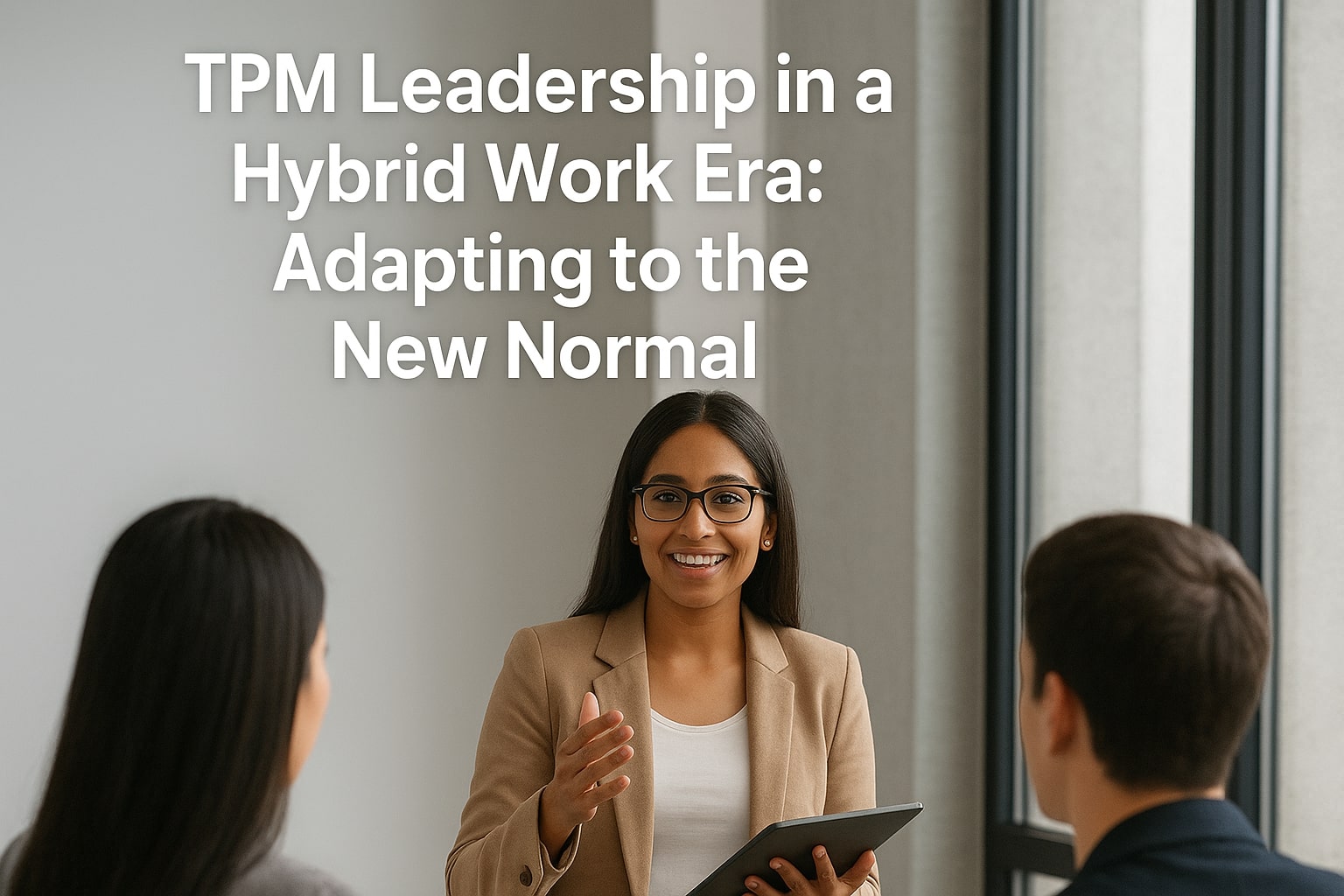Introduction
The Technical Program Manager (TPM) interview process—especially at top tech companies—is structured across multiple stages or “loops.” Each loop is designed to assess a different core competency, and knowing what to expect in each one is key to performing well.
In this blog, we break down the common stages of a TPM interview loop, share how to prepare for each, and offer tips to confidently navigate the full process.
Whether you're applying to Amazon, Google, Meta, or a high-growth startup, this guide will help you stay one step ahead.
Overview of a Typical TPM Interview Loop
A complete TPM interview loop usually consists of:
- Recruiter Call / Phone Screen
- Technical Screen (Coding / System Design)
- Behavioral / Leadership Interviews
- Program Execution and Delivery Focused Interview
- Cross-Functional Collaboration Round
- Bar Raiser / Final Round (at FAANG companies)
Let’s look at what each one entails—and how to prepare effectively.
1. Recruiter Call / Phone Screen
What’s Tested:
- Resume walkthrough
- Role-fit and communication
- High-level understanding of TPM responsibilities
How to Prepare:
- Craft your “Tell Me About Yourself” to align with the role
- Have 2–3 strong program success stories
- Clarify your experience in driving technical programs at scale
Pro Tip: Ask the recruiter about the interview loop structure. This will help you prepare better and avoid surprises.
2. Technical Screen
This may involve:
Option A: System Design Interview
You may be asked to design:
- A scalable backend system (e.g., chat app, video streaming, API gateway)
- An architecture for cross-team delivery (e.g., search indexing pipeline)
Prepare by:
- Studying real-world system design patterns
- Practicing with mock questions using whiteboard or Miro
- Understanding trade-offs (latency, consistency, fault tolerance)
Option B: Coding Interview
Less common, but still happens—especially for infra or platform TPM roles.
Prepare by:
- Practicing with LeetCode (Easy-Medium)
- Brushing up on data structures
- Reviewing coding basics in Python or JavaScript
3. Behavioral & Leadership Rounds
These focus on:
- Stakeholder management
- Conflict resolution
- Navigating ambiguity
- Cross-functional communication
- Ownership and decision-making
Use the STAR method to answer questions like:
- “Tell me about a time you disagreed with engineering.”
- “How did you drive alignment across a global team?”
Tip: Focus on the impact of your leadership, not just the actions.
4. Program Execution Round
What Interviewers Want:
- How do you manage complex timelines?
- How do you handle risks and dependencies?
- How do you build execution momentum?
Show that you:
- Drive delivery with clarity and structure
- Communicate updates effectively to stakeholders
- Know how to escalate wisely
Use frameworks like:
- RACI
- RAID (Risks, Assumptions, Issues, Dependencies)
- Gantt charts and agile planning boards
5. Cross-Functional Collaboration Round
What’s Evaluated:
- Your ability to influence without authority
- Collaboration with PMs, engineers, and designers
- Communication with leadership
Be ready to explain:
- How you’ve resolved misalignments between product and engineering
- How you’ve handled feedback loops in ambiguous projects
6. Bar Raiser or Final Loop (For FAANG Roles)
This is often the most critical round.
What’s Measured:
- Overall leadership and judgment
- Problem solving under pressure
- Culture and value alignment
Prepare by:
- Rehearsing deep behavioral examples
- Demonstrating structured thinking
- Showing passion for impact and collaboration
How KRACD.com Helps You Ace the TPM Loop
At KRACD.com, we provide:
- Full mock interview loops tailored to FAANG and startup TPM roles
- Feedback-driven coaching from experienced TPMs
- Roleplay-based prep for cross-functional and bar raiser rounds
- System design and program execution case walkthroughs
Ready to face your TPM interview loop with confidence?
👉 Join KRACD.com and get trained by real TPMs who’ve sat on both sides of the interview table.

.jpg)

.jpg)

































.webp)








